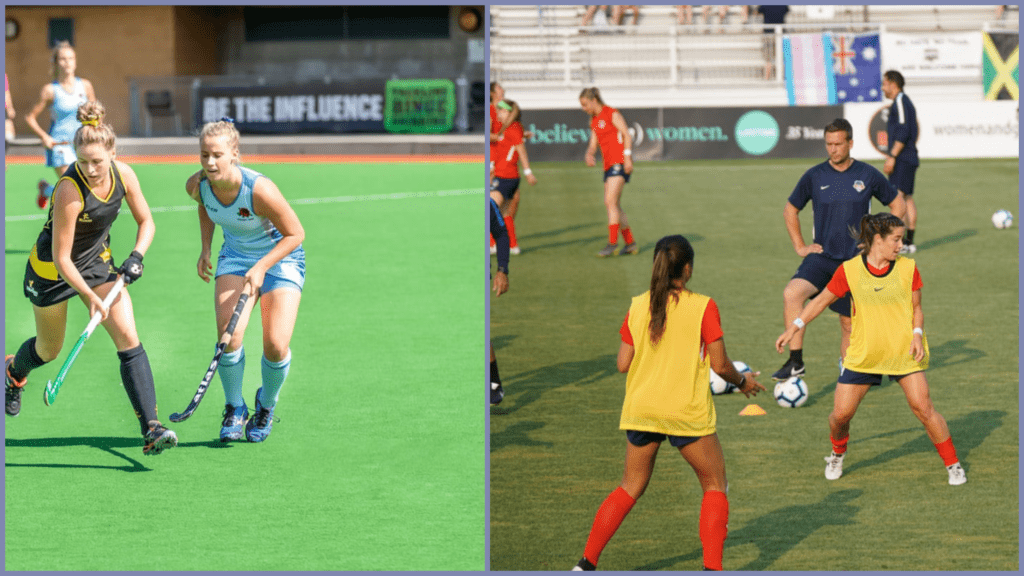Does Your Child Have Pain After Sports
Hey Parents!
A lot of time I find parents brush of childhood pain attributing it to “growing pains.” Well, ladies and gents, we can’t continue to do so. Children are suffering, and I want to help stop this.
The number of youth athletes has grown significantly over the years. Although this is great for social interaction and developing a healthy lifestyle, sometimes it is forgotten that “kids are kids.” Children are starting to specialize in sporting activities younger than ever. With this being said, repetitive activity and lack of movement variation can wreak havoc on a growing body. Children’s growing bodies, as resilient as they seem, are actually at a higher risk for injury due to the fact that they are developing.
As children grow taller, muscle tissue changes, and the brain has to develop new strategies to move! Have you ever watched a young male or female who just had a growth spurt run or jump and wonder why they all of a sudden look so uncoordinated? Well, in this case, the child’s electrical system has a few connection errors that are solely due to growing bones and morphing muscles!
As this new electrical system develops, too much repetition of one activity can cause a continuous “electrical short” affecting muscle performance and bone health. Many of you have probably heard of Osgood-Schlatter’s Disease. What happens in this case is the electrical system in a developing young male or female hasn’t quite figured out how to power the muscles that control straightening the knee. If this electrical system continues to misfire and this young athlete is performing repetitive jumps, hops, kicks, etc., they end up with a very unhappy knee region and could end up out of sport it not addressed! This same type of injury can occur in many joints in the body. Most commonly, we see them in the shoulder, elbow, hip, knee and ankle!
Now, how do you recognize these injuries and how do you address them? If your child is complaining about pain after sport that resolves later that day, I wouldn’t worry too much! If your child continues to experience that pain and it doesn’t go away and is affecting their performance, I would seek out your local physical therapist or pediatric orthopedist. It’s important to address these things sooner than later to prevent any long term effects!
Childhood overuse injuries are on the rise. It’s more often than not that we get a youth athlete in the clinic complaining about pain that could have been prevented or not as severe if addressed sooner. Prevention is key, and making sure your child isn’t spending more hours than their age practicing sporting activities per week is always a good guideline! Also, if your child is a throwing athlete, please pay attention to pitch counts(Pitch Count & Rest Guidelines)! One last thought, research has found that if your child participates in one sport for 8+ months of the year, they are more likely to end up with an overuse injury! Just an FYI, a survey conducted showed that most collegiate level and professional level athletes played more than one sport in high school. So, why are we having our 9-10 year old children play one sport all year and for three different teams? We won’t know if they’re the next super star for quite a few years.
If you have any questions regarding the information in this post or if your child is exhibiting signs of or has been diagnosed with an overuse/growth-plate injury, please do not hesitate to reach out to us! Let’s keep kids healthy!
Ashley Witson, PT, DPT
